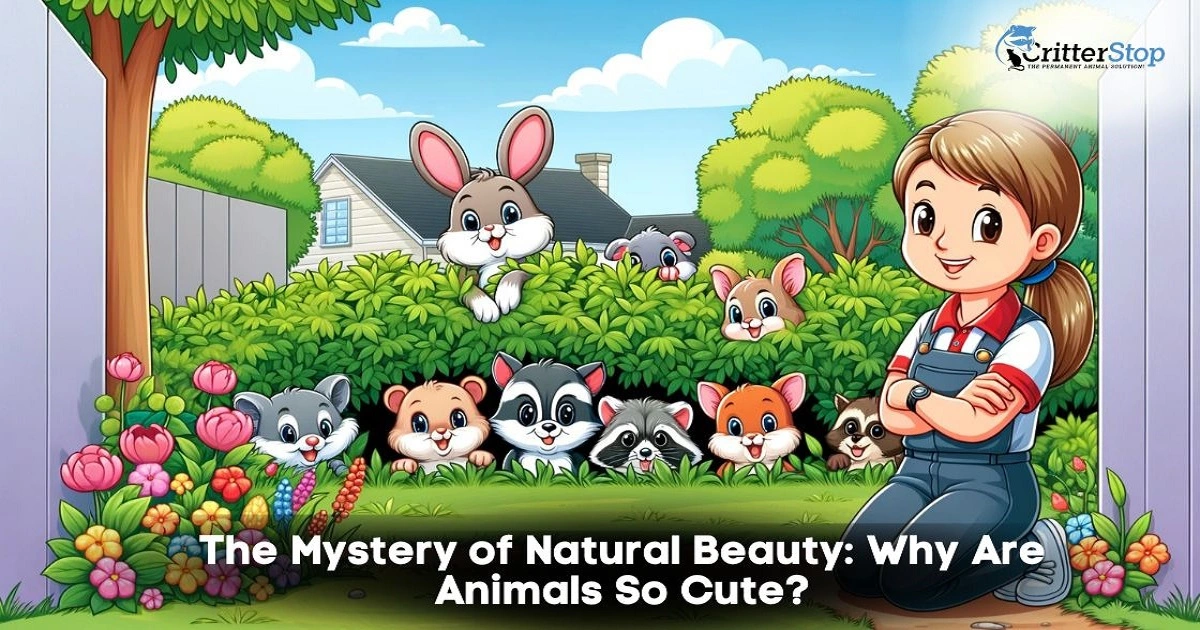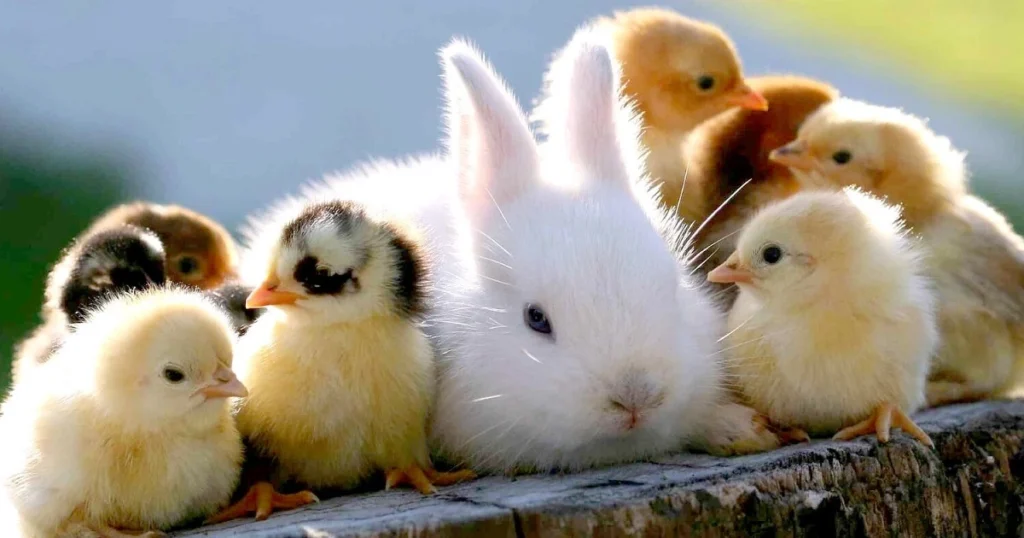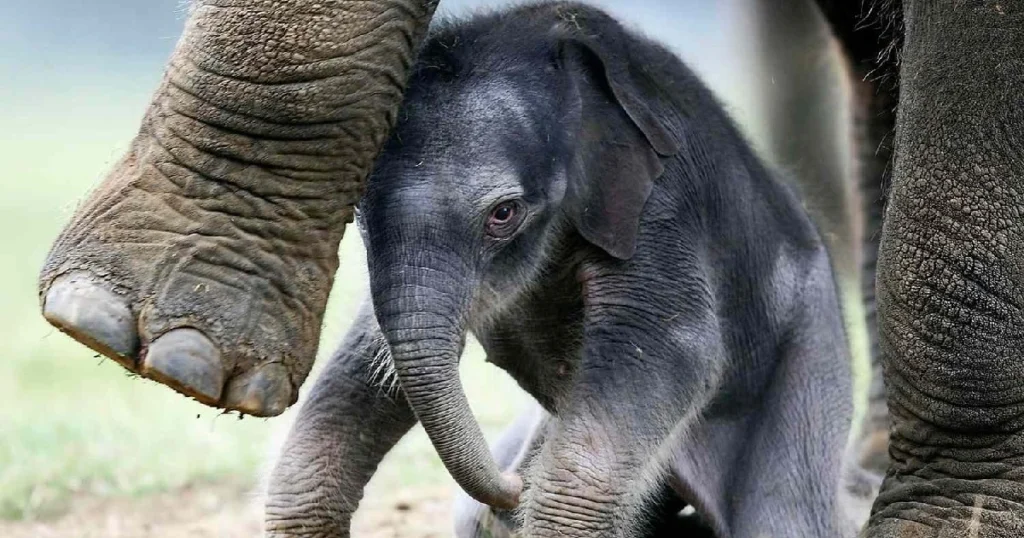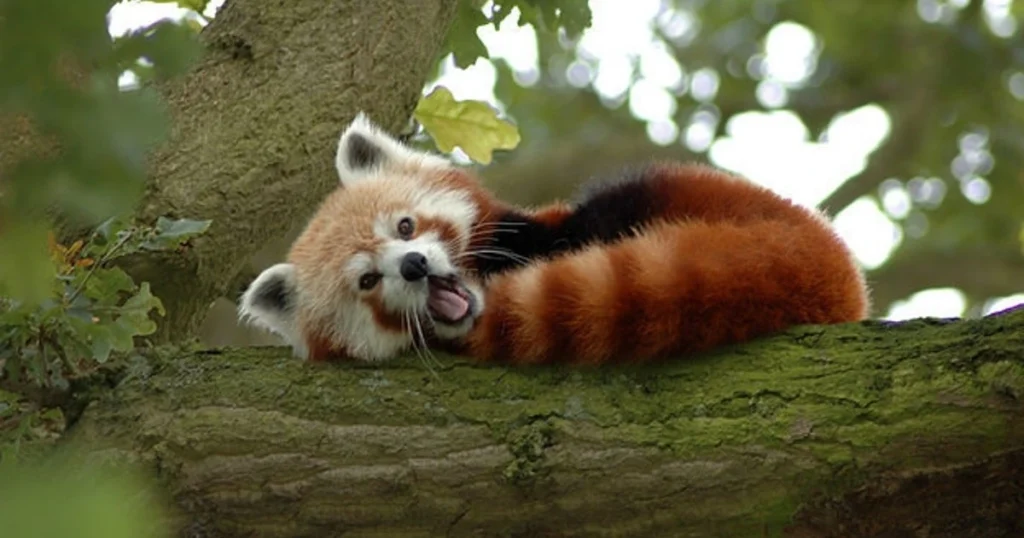
In the vast tapestry of nature's wonders, few phenomena evoke as much universal adoration and fascination as the innate cuteness of animals. From the playful antics of puppies to the gentle grace of fawns, adorable baby animals have an extraordinary ability to capture our hearts and senses.
But what exactly about animals elicits such strong feelings of endearment and affection? Join us as we embark on a journey to unravel the mystery of animal cuteness and explore the science behind our unwavering adoration.

The undeniable appeal of innocence and vulnerability lies at the heart of animal cuteness. With oversized eyes, fluffy fur, and clumsy movements, baby animals possess a charm that tugs at our heartstrings and elicits an instinctual desire to nurture and protect.
This innate response is deeply rooted in our evolutionary history, where the species' survival depended on the care and protection of helpless offspring. As such, our affinity for cute animals may be hardwired into our genetic makeup, serving as a driving force for nurturing behavior.
But why do we find baby animals so cute? Evolutionary biologists propose that our attraction to cuteness is a byproduct of social conditioning and a survival mechanism honed over millions of years of evolution. Seeing a vulnerable, adorable infant in the wild triggers a powerful urge to care for and protect it, ensuring the species' survival.
This phenomenon, known as the "baby schema" or "kinderschema," refers to physical features such as large eyes, round faces, and soft bodies that evoke human caregiving behaviors.
Recent studies in neuroscience have shed light on the intricate workings of the brain when it comes to perceiving cuteness. Researchers have identified specific regions of the brain, such as the nucleus accumbens and the amygdala, that are activated in response to cute stimuli.
These regions are associated with feelings of reward, pleasure, and emotional bonding, providing scientific evidence for our profound emotional connection to adorable animals. When we encounter a cute animal, our brains release neurotransmitters such as dopamine and oxytocin, which are associated with feelings of happiness, love, and bonding.

Another factor that contributes to the appeal of animals is our tendency to anthropomorphize them, attributing human-like qualities and emotions to non-human entities. When we see a dog wagging its tail or a cat purring contentedly, we interpret these behaviors through our own experiences, fostering a sense of empathy and kinship with the animals. This anthropomorphic perspective enhances our emotional bond with cute animals, deepening our affection for them and reinforcing that they deserve our care and protection.
In today's media-saturated world, portraying cute animals in movies, advertisements, and social media platforms further amplifies their appeal. Companies capitalize on the universal appeal of animal cuteness to evoke positive emotions and drive consumer engagement.
From iconic mascots like the Coca-Cola polar bear to viral internet sensations like Grumpy Cat, cute animals have become powerful symbols of joy, innocence, and brand loyalty. However, amidst our admiration for cute animals, we must recognize the ethical responsibilities of pet ownership and wildlife conservation.
While we may be captivated by the charm of baby animals, it's crucial to ensure their well-being and welfare are prioritized above our desires. This means advocating for responsible pet ownership, supporting wildlife conservation efforts, and respecting all living beings' inherent dignity and rights.
Looking ahead, the future of animal cuteness lies in embracing diversity and inclusivity, celebrating the unique beauty and charm of all creatures, great and small. From exotic species like sloths and hedgehogs to unconventional pets like miniature pigs and sugar gliders, every animal has its special appeal that deserves to be appreciated and cherished. By fostering a culture of empathy, compassion, and respect towards all animals, we can ensure that the magic of animal cuteness continues to enchant and inspire future generations.

If you're facing wildlife or pest issues on your property and need professional humane removal services, look no further than Critter Stop. With a fantastic reputation and customer reviews online, Critter Stop provides high-quality work and exceptional customer service. Call Critter Stop at (214) 234-2616 for a free inspection and let their team of experts solve your wildlife or pest problem with care and expertise.
As pest control and wildlife removal experts, we understand the fascination with animals and their undeniable cuteness. Here are some frequently asked questions about why animals are so cute:
Animals possess features like large eyes, round faces, and soft fur, which trigger our innate nurturing instincts and evoke warmth and affection.
Our attraction to animals' cuteness is rooted in evolutionary biology, where the species' survival depends on caring for helpless offspring with adorable traits.
When animals are small, they exhibit exaggerated baby features, activating our brain's reward centers and eliciting nurturing behaviors.
The portrayal of cute animals in social media capitalizes on their universal appeal, evoking positive emotions and driving user engagement.
Baby animals possess the "kinderschema," a set of physical features that trigger human caregiving behaviors and ensure survival.
At first sight, animals' adorable features instantly captivate our attention and elicit an emotional response, fostering an immediate connection.
Visit our Critter Library and learn more about our furry friends